Process of CNC Rapid Prototyping
Author: SAIVS Date Published: Nov 09,2023
CNC Rapid Prototyping, also known as CNC-RP, is a process that combines computer numerical control (CNC) machining
with rapid prototyping techniques to quickly produce functional prototypes or models of a product.
It involves using CNC Machines, which are automated milling, cutting, and drilling machines,
to precisely machine a physical prototype based on a digital design.
CNC Rapid Prototyping offers a fast and accurate method for creating prototypes,
allowing for accelerated product development cycles and facilitating innovation in product design.
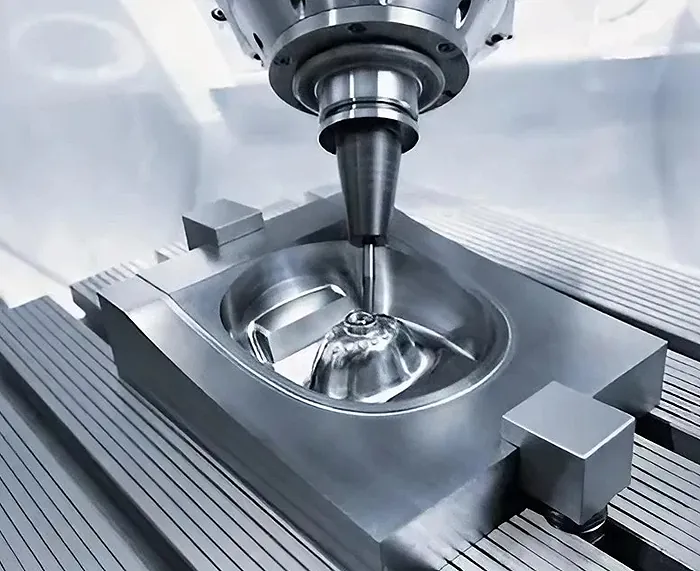
Here is the step-by-step process of CNC Rapid Prototyping (CNC-RP):
1. Design Ideations: Product designers or engineers create multiple design concepts for the product,
considering factors like dimensions, features, manufacturing, and testing requirements.
2. Generation of 3D Files: The selected designs are converted into 3D files, typically using CAD software,
which define the specifications and dimensions of the final product.
3. Identification of Production Sequence: The machining process required to create each
feature of the prototype is determined. The sequence of manufacturing steps, such as CNC routing,
turning, cutting, milling, drilling, is planned to ensure a seamless CNC machining cycle.
4. CNC Programming: The CNC program is created, which includes instructions in the form of G-codes and M-codes.
These codes specify the tool selection, travel time and distance, feed rate, cutting depth,
and other parameters necessary for the CNC machine to execute the machining process accurately.
Note: The programming process involves calculations for feed rates, cutting depths, travel distances, etc.,
which are incorporated into the G-codes or M-codes to create the CNC program.
5. Production (Prototyping): The CNC program is loaded into the CNC machine's control panel.
The workpiece is securely mounted on the machine, and the machining process begins.
Through multiple CNC machining operations, the prototype of the desired product is produced.
The prototype can be a non-functional model or a fully functional prototype, depending on the requirements.
Note: For fully functional prototypes with mechanical linkages or interconnected components,
individual parts may be manufactured using CNC machining and then assembled.
6. Testing: Testing is a crucial step in CNC rapid prototyping. The CNC prototypes are thoroughly
tested to evaluate their functionality, identify any defects or errors, assess durability, and overall performance.
This step helps ensure that the desired product meets the intended design and functional requirements.
By following these steps, the CNC-RP process allows for efficient and accurate prototyping,
enabling product designers and engineers to validate their designs before moving forward with mass production.
Why Choose SAIVS™ as Your Supplier?
1.Superb Quality Control Management
At SAIVS, we take pride in our perfect quality management systems and procedures, which guarantees the excellent performance of all our producs, being a professional Investment Casting | Die Casting| Sand Castingmanufacturer in China.
2.Rich Production Experience
With 20 years of experience in production, SAIVS has a deep understanding of the market and trends, and strives for continuous research and innovation. This has created advantages in both the product's performance and appearance.
3.Competitive Prices
As a Chinese factory committed to becoming the most cost-effective Investment Casting | Die Casting| Sand Castingexporter in China, SAIVS provides high-quality products at advantageous prices. By lowering costs and increasing efficiency, we ensure that our customers receive the best possible value for their investment.
4.Perfect After-sales Service
At SAIVS, we strive to provide superior customer service that meets and exceeds expectations. We are always available for any questions or concerns you may have, and we stand by our commitment to providing excellent after-sales support.
Related Posts
-
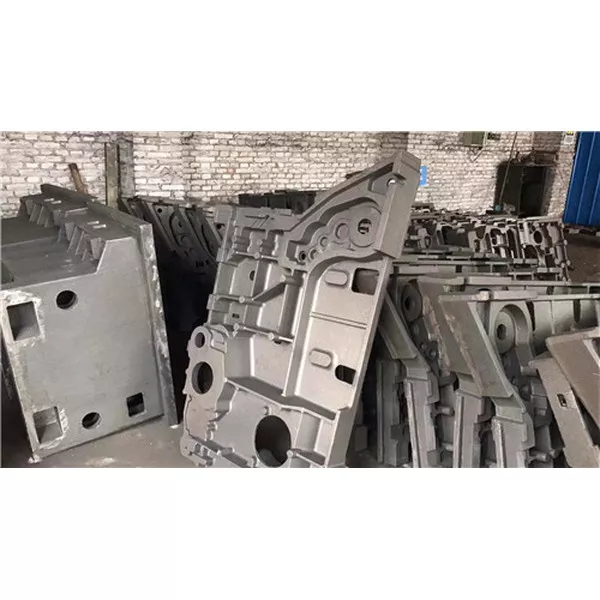
High-Quality Gray Iron Casting Gearbox Housing by SAIVS
Discover the exceptional range of Gray Iron Casting Gearbox Housing, crafted by the reputable SAIVS factory in China. Unbeatable quality at competitive prices -...
-
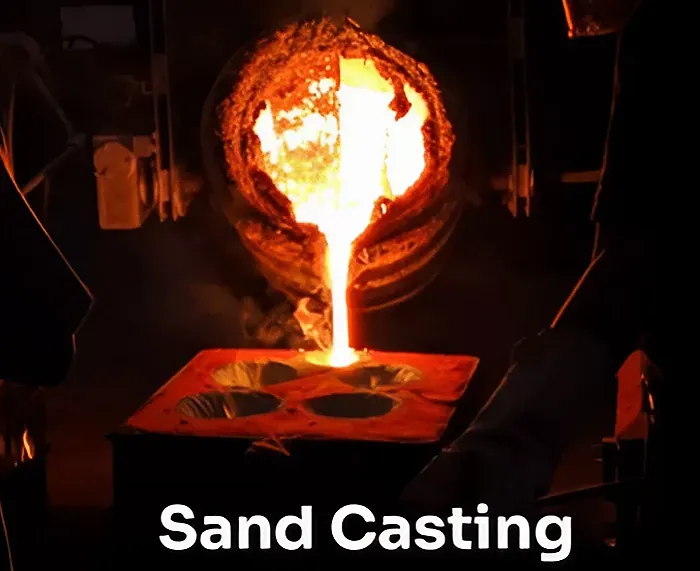
The 6-Step Process of Sand Casting: A Step-by-Step Guide to Creating Metal Castings
This comprehensive guide delves into the 6-step process, from pattern making and mold preparation to melting, pouring, and finishing.
-
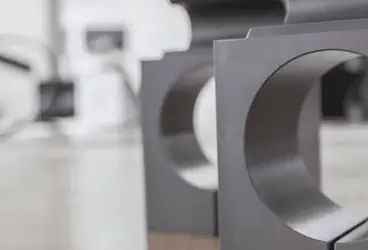
How to Reduce Costs on CNC Prototyping
Even for one-off prototypes, sometimes parts still need to be machined (rather than using other methods). This may be due to certain material requirements
-
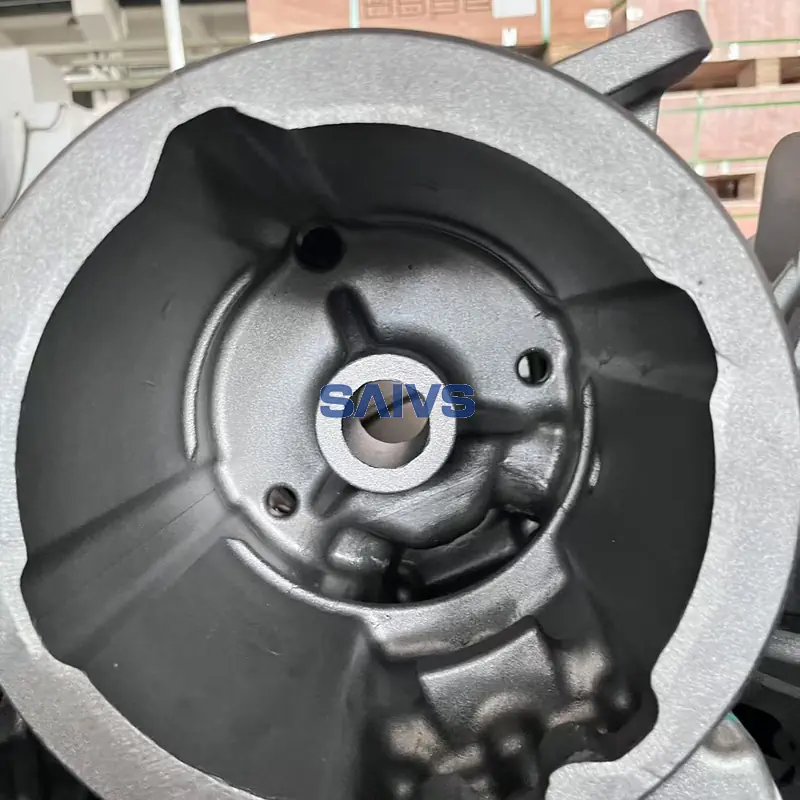
High-Precision Shell Die Casting with ProCAST Optimization
At Ningbo SAIVS Machinery Co., Ltd, we take pride in being a trusted and experienced manufacturer of precision aluminum die cast components, offering custo
-
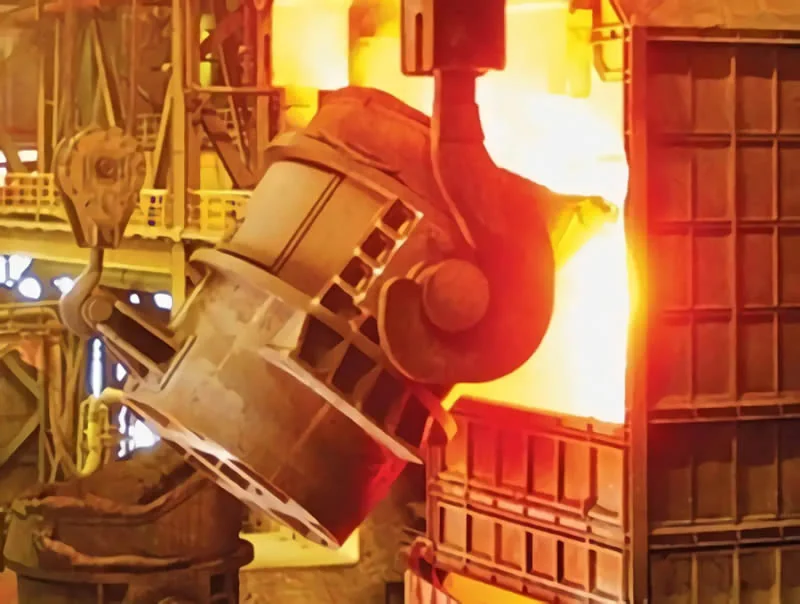
Mitigating Casting Deformation: A Comprehensive Analysis of Causes and Remedial Measures
Casting deformation refers to the distortion or undesired shape changes that can occur during the casting process. It can be caused by a variety of factors and ...
-
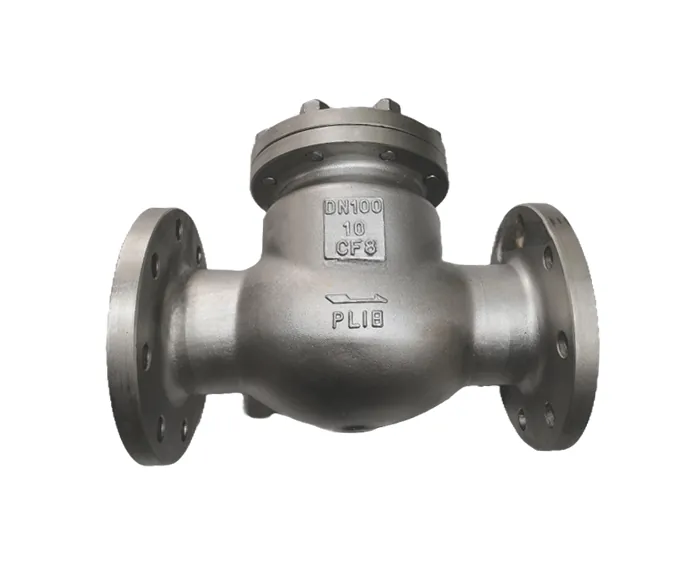
Unleashing the Power of Precision: CF8 Investment Casting for Superior Valve Bodies
Dive into the world of investment casting. Explore crafting valve bodies with CF8 stainless steel, known for its corrosion resistance.

